How to repel spiders with indoor plants — grow these for free pest control
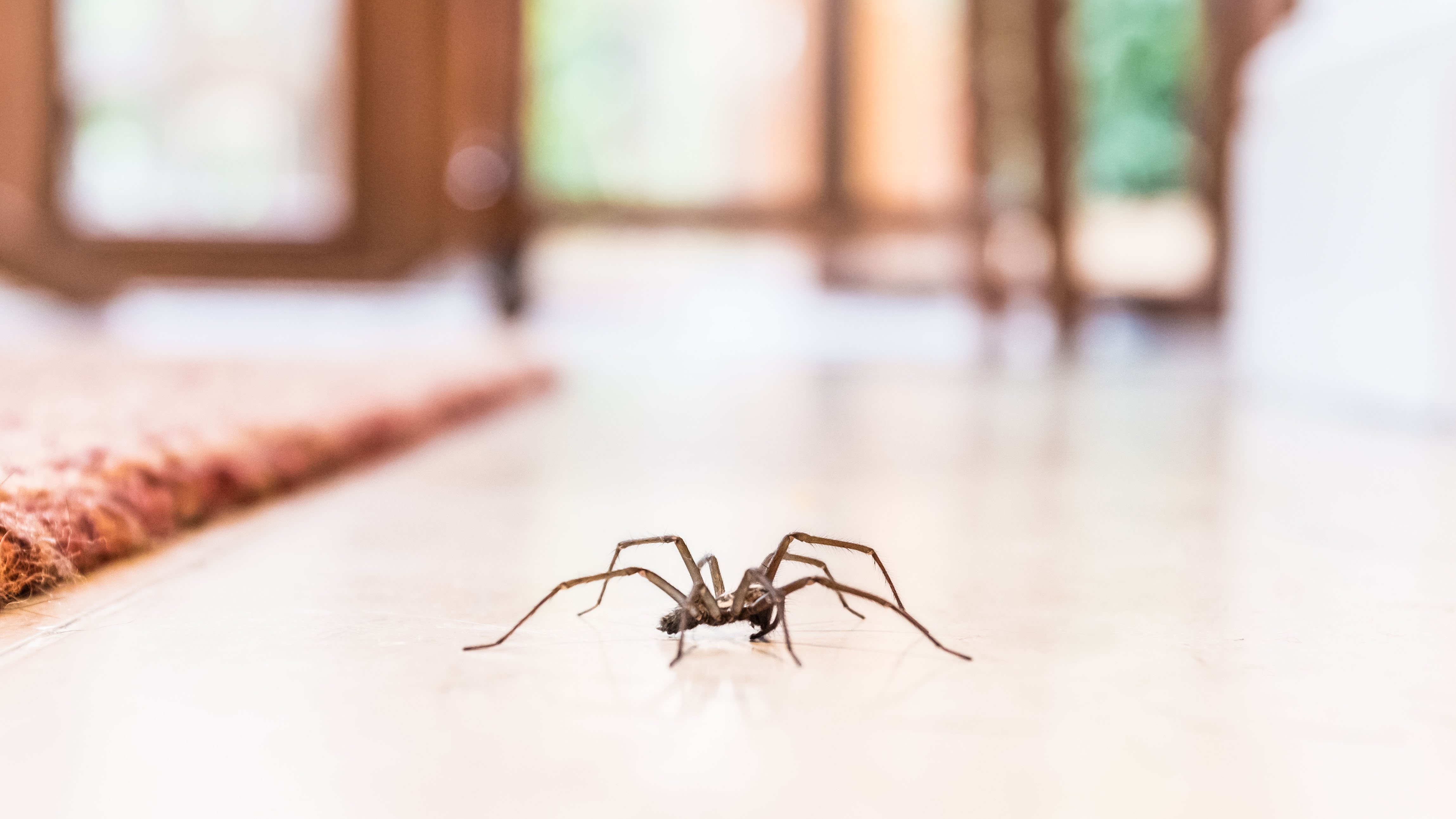
Spider season brings unwelcome eight-legged visitors into homes each fall, sending many people searching for effective deterrents. While chemical sprays work, growing specific plants indoors offers a natural spider-repelling hack that targets the common places spiders love to hide.
Common fragrant plants contain essential oils and compounds that disrupt spiders' sensory systems, making your home less appealing to them. Place these plants near the common places spiders love to hide to create natural barriers.
The plants listed here serve double duty as attractive houseplants while actively discouraging spider activity. You'll find these at any garden center or supermarket, making them easy solutions when spiders start showing up.
1. Rosemary
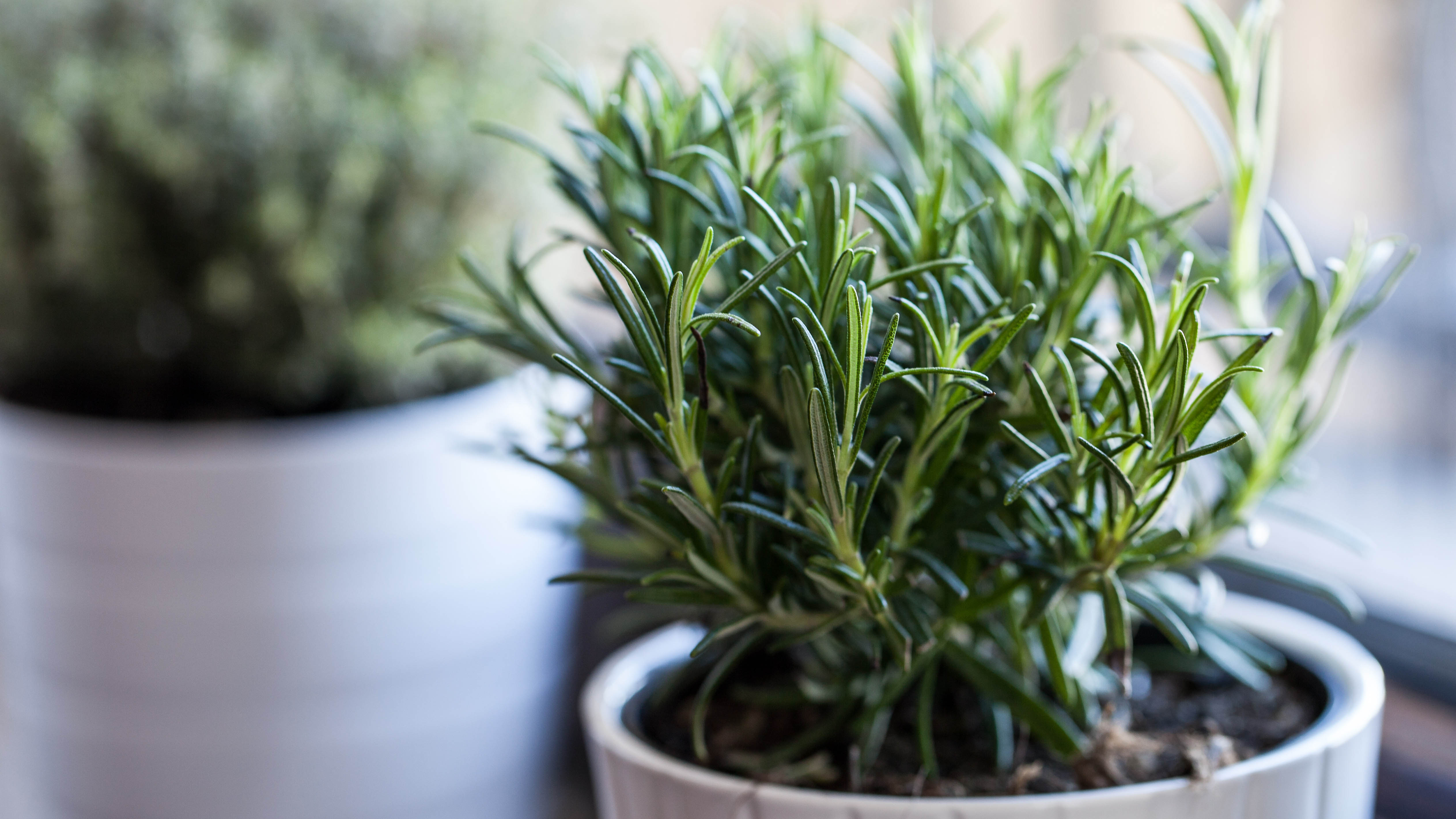
Rosemary contains eucalyptol and camphor essential oils that create scents spiders actively avoid. These compounds interfere with spiders' ability to detect chemical signals through the sensory hairs on their legs.
Place rosemary plants on sunny windowsills and near entry points where spiders typically enter your home. The herb needs six to eight hours of direct sunlight daily and well-draining soil to thrive indoors.
You can also place fresh rosemary sprigs in areas where you've noticed spider activity for portable spider deterrence throughout your home. Their scent fades over time, so replace sprigs weekly to maintain effectiveness
2. Eucalyptus
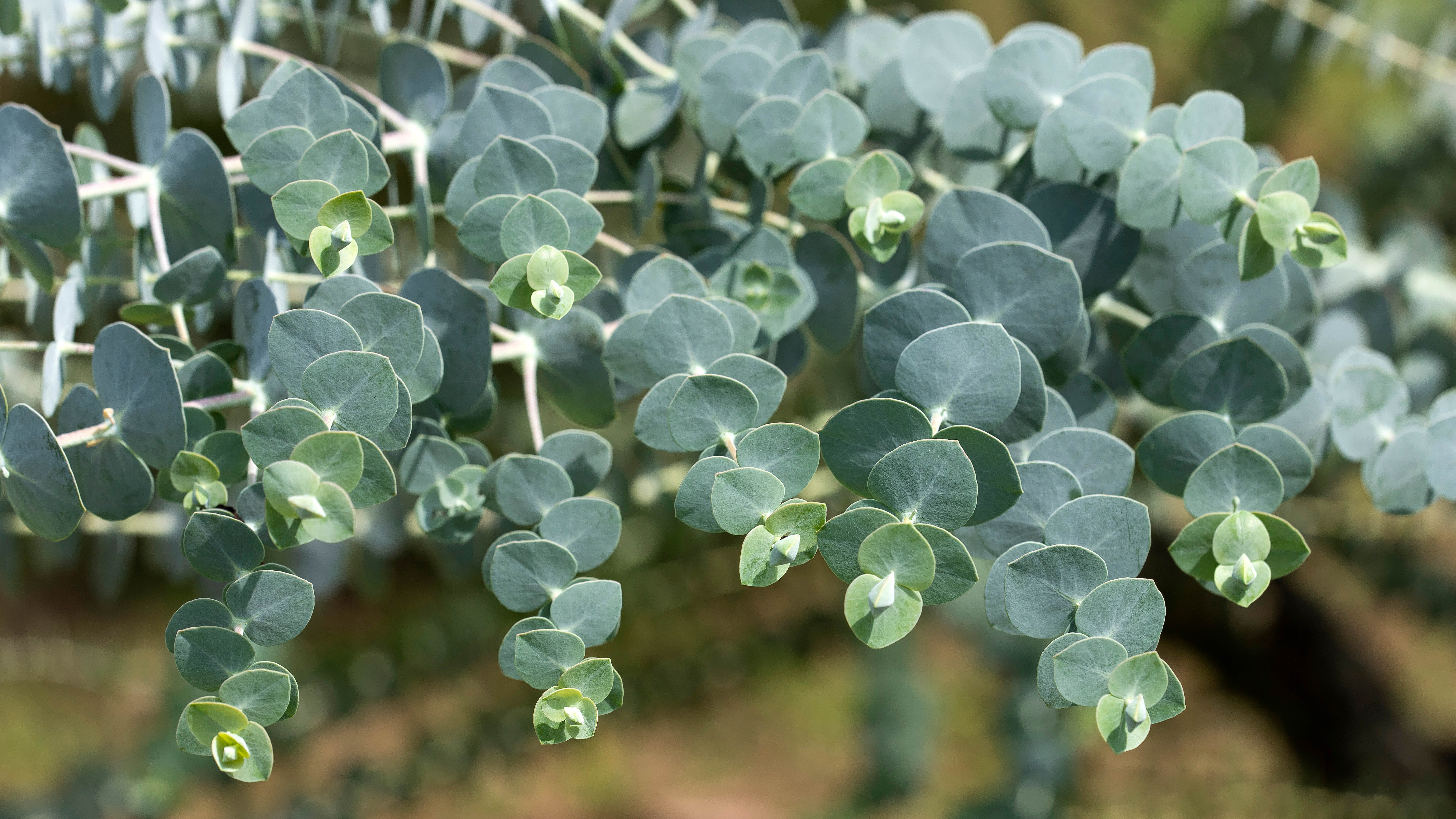
Compact eucalyptus varieties like Silver Dollar or Baby Blue work well as indoor plants while producing the strong-smelling oils that repel spiders. These oils disrupt spiders' sensory detection systems, making treated areas unappealing.
Position eucalyptus near south-facing windows where it can receive six to eight hours of direct sunlight. The plant requires bright light to produce the essential oils responsible for its pest-repelling properties.
If you notice spiders in your bathroom, try hanging eucalyptus near the shower to create a natural deterrent zone. The moisture from hot showers releases the plant's aromatic compounds into the air, intensifying its spider-repelling effect.
3. Scented pelargonium (Citronella)
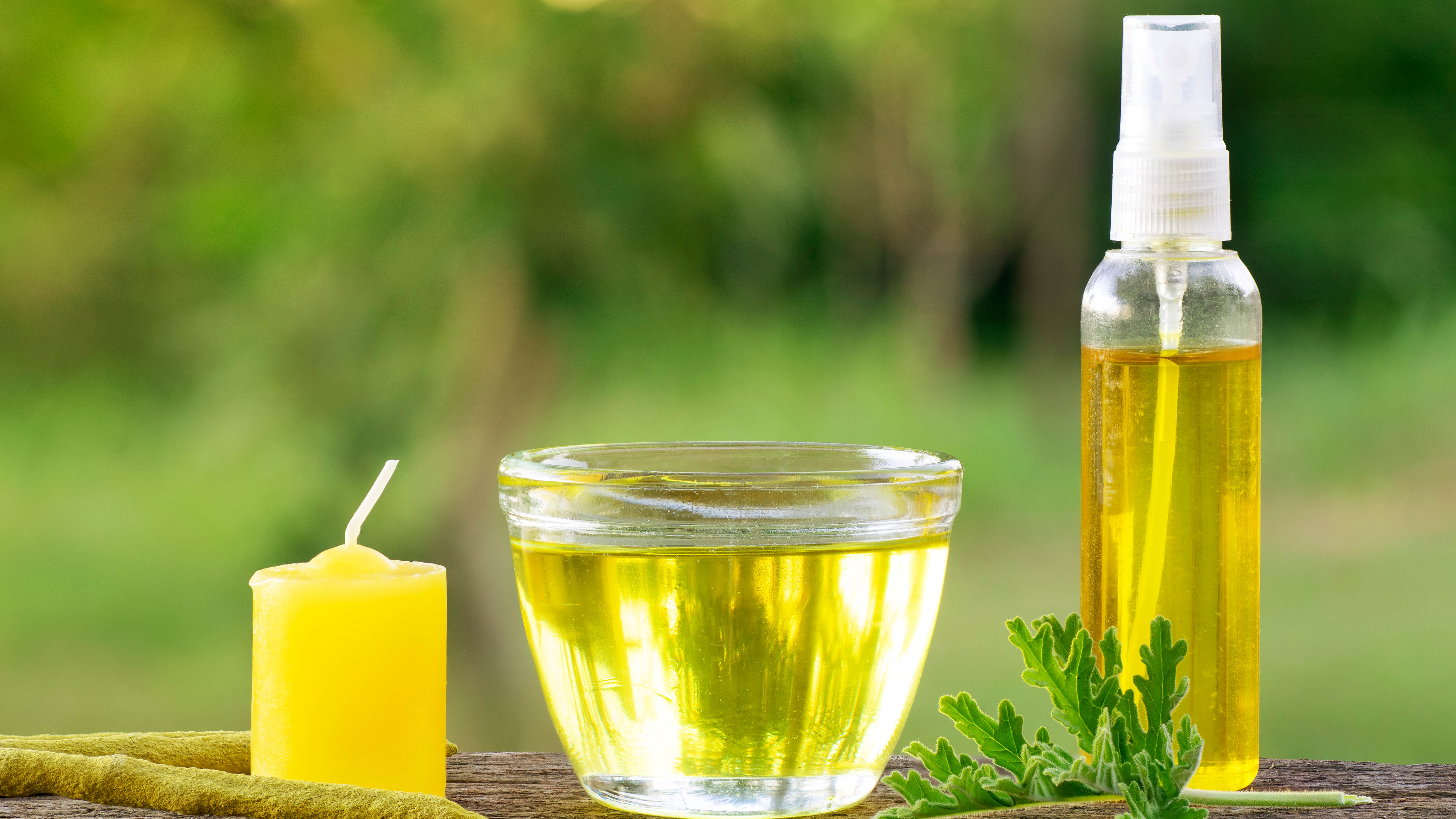
Citronella pelargonium produces a citrus scent that repels the insects spiders hunt, including mosquitoes and flies. Removing spiders' food sources makes your home a less attractive hunting ground for them.
The fragrance concentrates in the foliage rather than the flowers, so crushing a few leaves releases stronger scent compounds. Sprinkle crushed leaves in corners, basements, and other spider-prone areas.
Grow citronella in bright, direct sunlight and allow the soil to dry between waterings to prevent root rot. These tender perennials adapt well to indoor conditions and can bloom if given adequate light.
4. Chrysanthemums
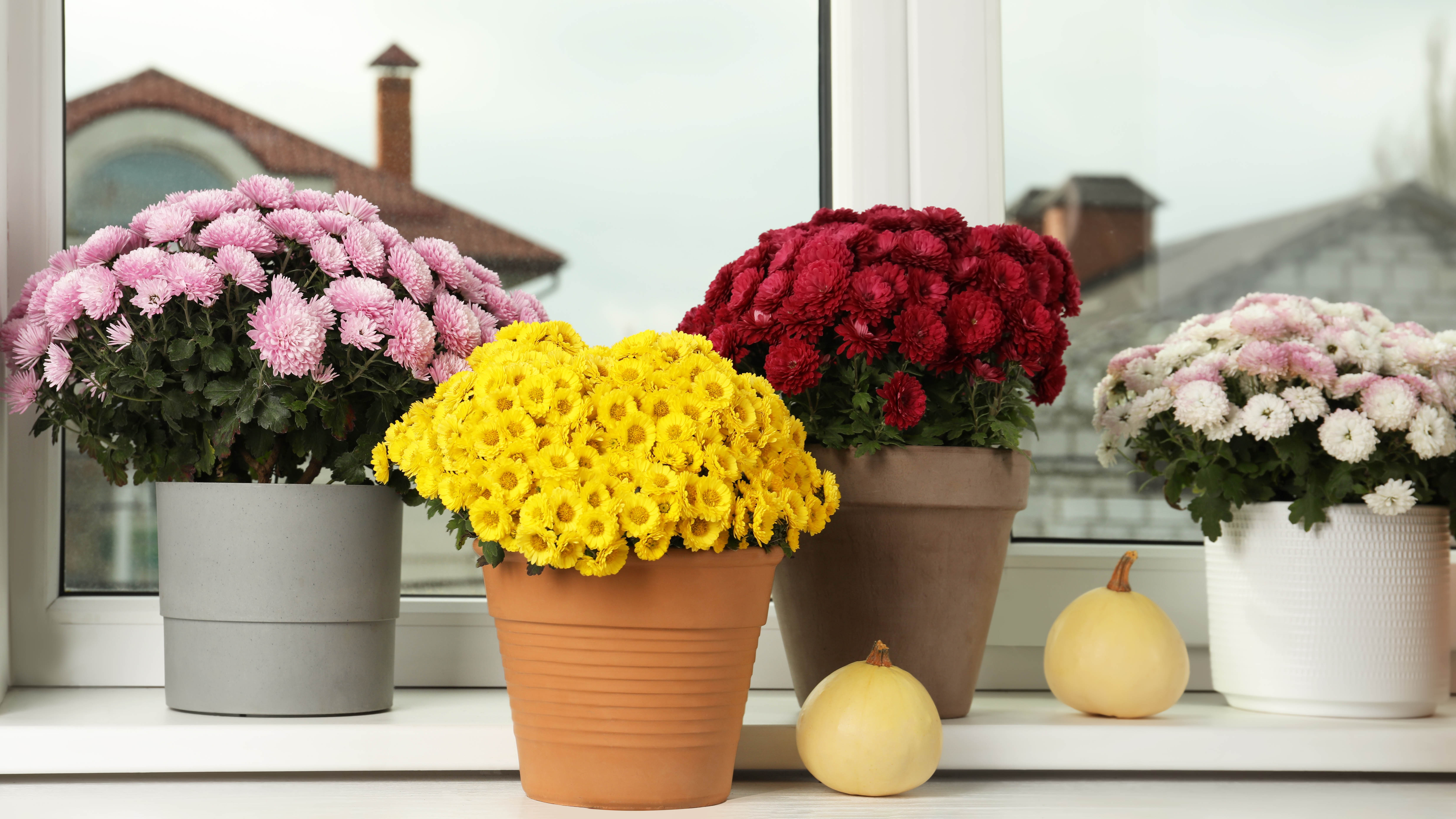
Chrysanthemums produce pyrethrin, a natural compound that attacks the nervous systems of insects, including spiders. This chemical can paralyze or kill spiders while remaining safe for humans and producing pleasant floral scents.
Position them where they can receive bright light to encourage continuous fall blooming. More flowers mean higher pyrethrin production and better spider deterrence throughout the season.
Make sure to deadhead spent blooms regularly using clean pruning shears to promote new flower growth. This maintenance maximizes both the plant's decorative appeal and its pest-repelling effectiveness.
5. Basil
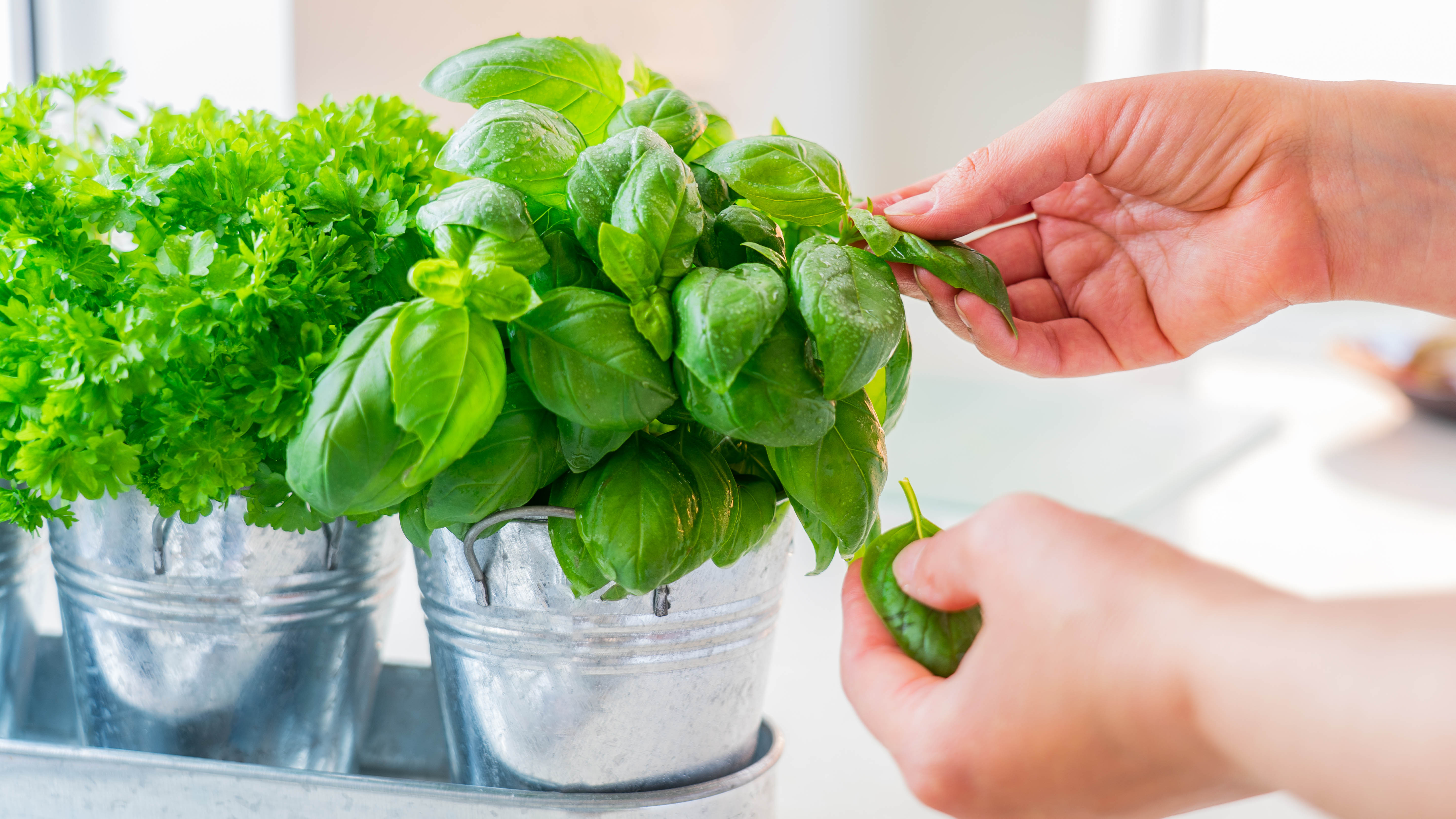
Basil contains linalool and eugenol essential oils that deter the flying insects spiders prey on, such as mosquitoes, fleas, and flies. Without a reliable food source, spiders have less reason to establish themselves in your home.
Keep basil plants on kitchen windowsills where they serve dual purposes as cooking herbs and pest deterrents. The herb needs consistent moisture and shouldn't be allowed to dry out completely between waterings.
Regular pruning encourages bushier growth which increases the plant's surface area and scent production. More foliage means stronger pest-repelling properties throughout your home.
More from Tom's Guide
- Mystery bites? How to identify what's really biting you
- Don't let spider mites kill your houseplants — 5 top tips
- I asked pest experts if it's ever ok to squash spiders in your home
Get instant access to breaking news, the hottest reviews, great deals and helpful tips.

Kaycee is Tom's Guide's How-To Editor, known for tutorials that skip the fluff and get straight to what works. She writes across AI, homes, phones, and everything in between — because life doesn't stick to categories and neither should good advice. With years of experience in tech and content creation, she's built her reputation on turning complicated subjects into straightforward solutions. Kaycee is also an award-winning poet and co-editor at Fox and Star Books. Her debut collection is published by Bloodaxe, with a second book in the works.
You must confirm your public display name before commenting
Please logout and then login again, you will then be prompted to enter your display name.
